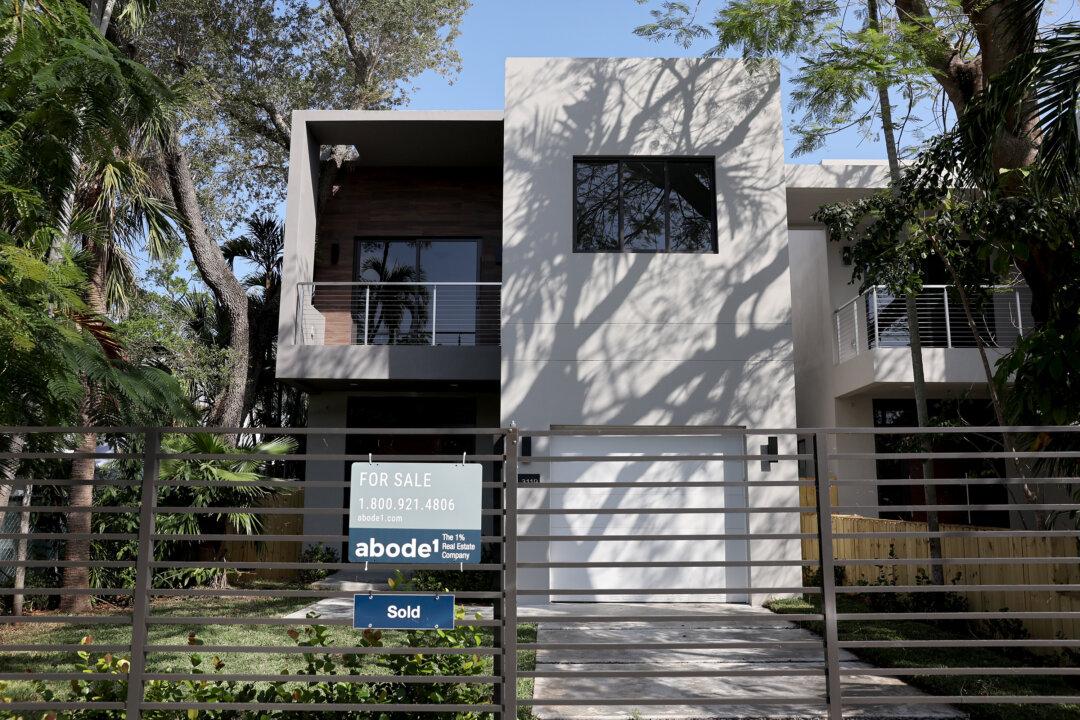The rate of home price inflation in the United States is expected to decline to about 10 percent by the end of 2022 and slow even further over the next two years, as high housing prices and increased mortgage rates push out prospective buyers, according to a Reuters poll on May 31.
Forty-year high consumer inflation and rising interest rates have caused housing market activity to slow dramatically.Existing home sales declined to a near two-year low of 5.61 million units in April 2022 and are predicted to fall further to 5.34 million units by the second quarter of 2023.





